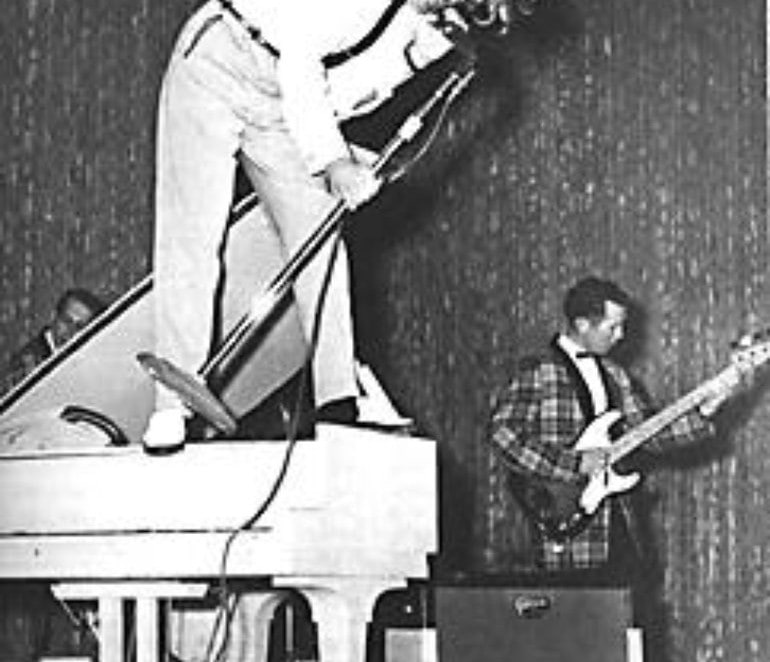Pera Kids
Ages 4-6
We are inspired in this workshop by the 17th Istanbul Biennial project of Sriwhana Spong, in which she produces the work based on the dreams of two women, Ümmü Abdullah and Rabia, who are early followers of Islamic mysticism. By making use of colorful feathers, strings, beads, and other materials, we design our dreamcatchers on carton plates as we chat about how dreams are the creative reflections of our mind, while at the same time we improve our motor skills and expand our imagination.
Related Exhibition: 17th Istanbul Biennial
Ages: 4-6
Duration: 90 minutes
Capacity: 10 people
This event is free of charge but requires a reservation. The event will be (face to face) at the Pera Museum.
For more information: ogrenme@peramuzesi.org.tr

In 1962 Philip Corner, one of the most prominent members of the Fluxus movement, caused a great commotion in serious music circles when during a performance entitled Piano Activities he climbed up onto a grand piano and began to kick it while other members of the group attacked it with saws, hammers and all kinds of other implements.
Tuesday - Saturday 10:00 - 19:00
Friday 10:00 - 22:00
Sunday 12:00 - 18:00
The museum is closed on Mondays.
On Wednesdays, the students can
visit the museum free of admission.
Full ticket: 300 TL
Discounted: 150 TL
Groups: 200 TL (minimum 10 people)